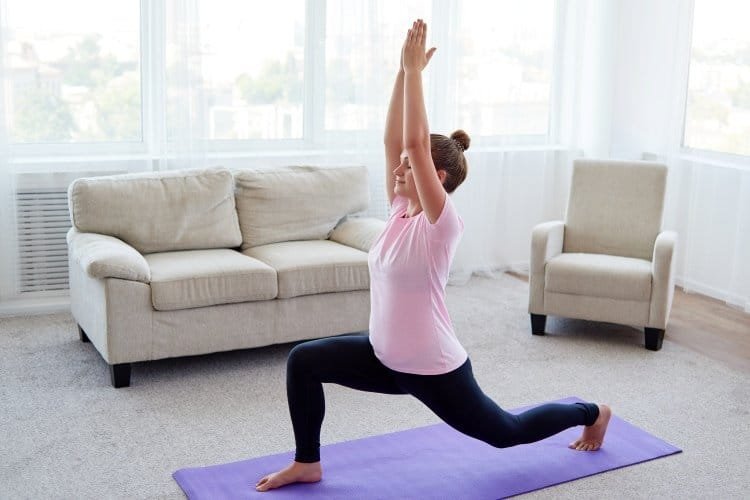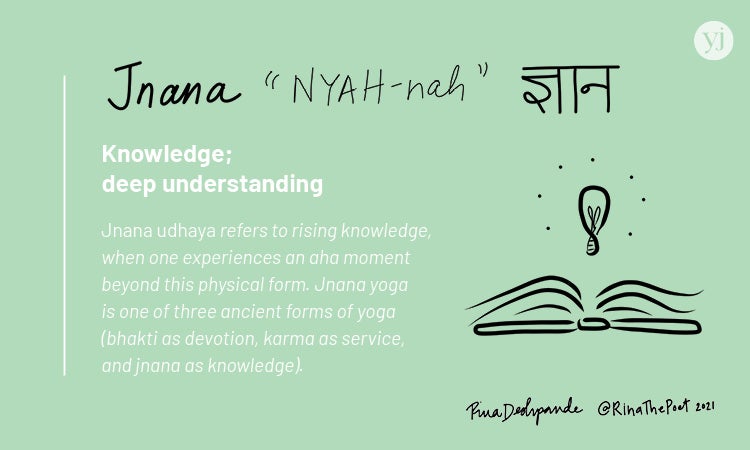
Yoga has numerous benefits for bone density. Yoga can stimulate deep change in the body, and it can also be used as an exercise program. Asanas in Yoga can increase bone density, as well as strengthen muscle and bone. These exercises are particularly helpful for those with low bones. Yoga for bone health is not for everyone. There are risks involved so it is important you find the right way to do it.
Yoga to improve bone density may not work for everyone. The study subjects were often elderly and had weak bones. While the results are impressive, it is possible that the effects would have been greater in younger people. It might have been more appropriate for people with healthy bones. This practice may be more beneficial for people with weak bones who are at greater risk of injury and fractures. Older people may not benefit from a yoga program.

The researchers found that yoga could improve bone density in the hips and spine, although the results were not statistically significant. The study found that 109 osteoporosis patients and osteopenia participants practiced yoga regularly for more than 90,000 hours, without sustaining any injuries. These results suggest that yoga can be beneficial for people with significant bone loss. Yoga for bones is a popular practice that many people can reap the health benefits. These benefits should not be overwhelming for yogis, but they should be cautious not to get too excited.
Yoga for bone density poses may not be suitable for everyone. For weaker people, a standing forward folded may be too strenuous. The half-standing forward folding of ardha yoga uttanasana is more suitable for people with osteoporosis and those already weak. While doing these exercises, however, be sure to avoid overexerting yourself.
The many benefits of yoga for bone health are many and varied. For a 30-minute session, you should be doing at most five poses each day. Yoga has many physical benefits. It also helps to build bone density and balance. For example, it can help improve posture and improve balance. It can also help reduce stress and pain. This exercise should be done if you suffer from osteoporosis. Good instructors will provide you with the correct guidance and make it easy.

Many people with osteoporosis have a weaker bone. Osteoporosis, which is the most common form of osteoporosis, can also affect women at any age. This condition is caused by a lack of estrogen, which is responsible for building bone. When you begin yoga, you will feel more awake and alert. The stress hormone cortisol is released in the body and is a major contributor to osteoporosis.
FAQ
How to Lose Belly Fat Fast
There are many methods that can help you reduce your belly fat quickly. One method is to eat less and drink lots of water.
A second way to boost your metabolism is by running and swimming.
To quickly reduce belly fat, avoid sitting too much. Instead, stand up throughout the day. This will help you lose more calories.
There is an alternative option if you've tried all of these options and still have trouble losing belly fat.
A belt is a device that allows you to do this. The belt fits around your waist and is tightened when you sit down.
It will cause you to feel uneasy and make it difficult for you to move. This makes it easier to lose weight and calories.
Is it true to say that protein overeating can lead to kidney stones?
Protein helps maintain healthy bone and tissue. But consuming too much protein can lead to calcium excretion through urine. This can lead to kidney stone formation.
It is important to keep in mind that not everyone will develop kidney stones if they consume more protein than 2 grams per kilogram (2.2lbs). Some people can eat high amounts of protein without getting kidney stones.
By being careful with your sodium intake, you can prevent kidney stones. Sodium helps regulate water balance in the kidneys. Too much sodium can lead to kidney stones.
You can also try reducing your protein intake if you get kidney stones. Protein provides about half of the daily caloric needs for most adults. If you cut back on protein, you'll likely lose weight.
If you do decide to eat more protein, don't go overboard. Limit your intake to 20% of your total daily protein intake.
How many times per week should I exercise
It depends on what type of exercise and how much time are available. You should do moderate-intensity aerobic exercise three to five days per week. It is important not to overdo it. To get the best results from your exercise, it is important to be consistent.
Which exercises are best for me?
It all depends on what type of fitness goals you have. Some people prefer endurance sports like swimming, cycling, or running. Some people enjoy lifting weights and using resistance bands. There are so many different types of exercise programs available today. You can choose the one that best suits you.
Statistics
- According to the American Heart Association, blood pressure should be checked at least once every two years, beginning at age 20. (my.clevelandclinic.org)
- Get free shipping and 25% off today. (healthline.com)
- Are You One of the 20% of Guys (mh.co.za)
- 10 pounds in a month is likely during a lean bulking phase, especially for beginners. (muscleandstrength.com)
- The PRS enabled risk stratification for overall prostate cancer and lethal disease with a four-fold difference between men in the highest and lowest quartiles (HR, 4.32; 95% confidence interval [CI], 3.16-5.89). (pubmed.ncbi.nlm.nih.gov)
External Links
How To
What should my diet look like before I start a workout?
You need to eat less calories than you burn while exercising in order to lose weight. You must also eat all of your nutrients.
This includes protein, carbohydrates fats, vitamins and other nutrients.
The best way to do this is by eating smaller meals throughout the day rather than three large ones.
You may not be as effective if there is too much hunger during your workouts.
Instead of drinking energy drinks that are high in sugar and caffeine, you could drink water. This will help you stay hydrated as well as energized.
However, make sure you are consuming enough fluids. You could lose electrolytes if you drink too much water.
Your body needs electrolytes for proper functioning.
If you don't have access to water, you could drink sports drinks. They are rich in sodium, potassium, calcium and magnesium as well as other minerals.
This will replenish your electrolytes. However, they still won't replace what you've lost from sweating.
Multivitamins can help you avoid salt loss from exercise if you are worried.
These supplements contain additional vitamin B6, which can help regulate your body's sodium levels.
If you don't know the salt content of your foods and beverages, supplements shouldn't be relied upon.
They aren’t regulated under the Food and Drug Administration.
For example, some brands of sports drinks can contain more sodium than others.
Some sports drinks could even contain artificial sweeteners. These may cause digestive problems.
Sea salt is an option if you don't want to eat too much salt.
It contains fewer chemicals than table salt.
Sea salt also lacks iodine. This mineral is important for healthy thyroid function.